Effective Wasp Control Timing
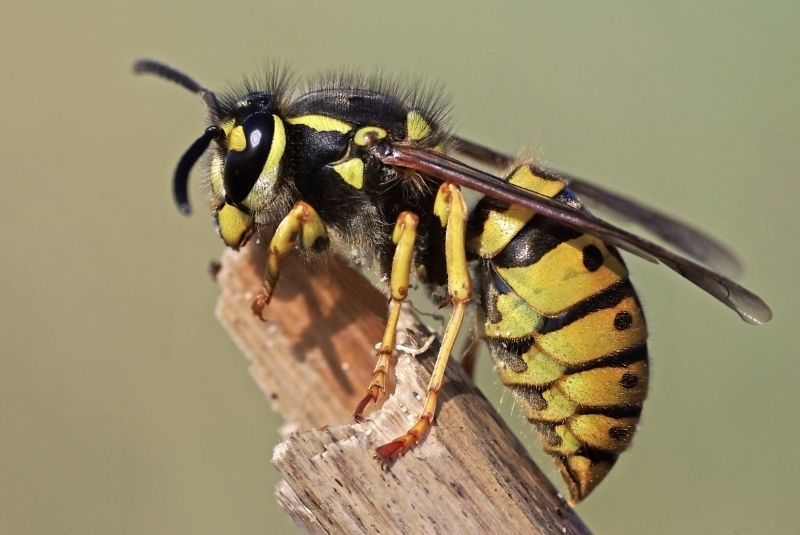
Wasp activity begins in early spring, making it an ideal time for preventative control measures.
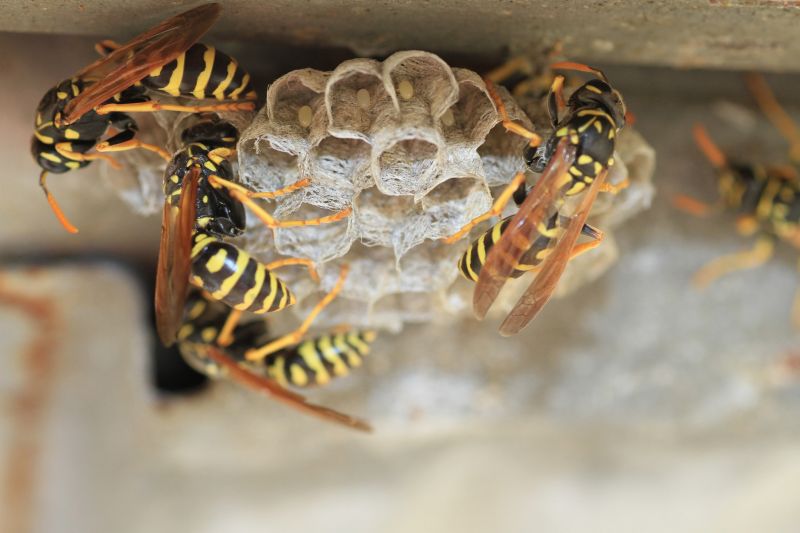
Summer sees the highest wasp populations, increasing the risk of stings and nests near human activity.
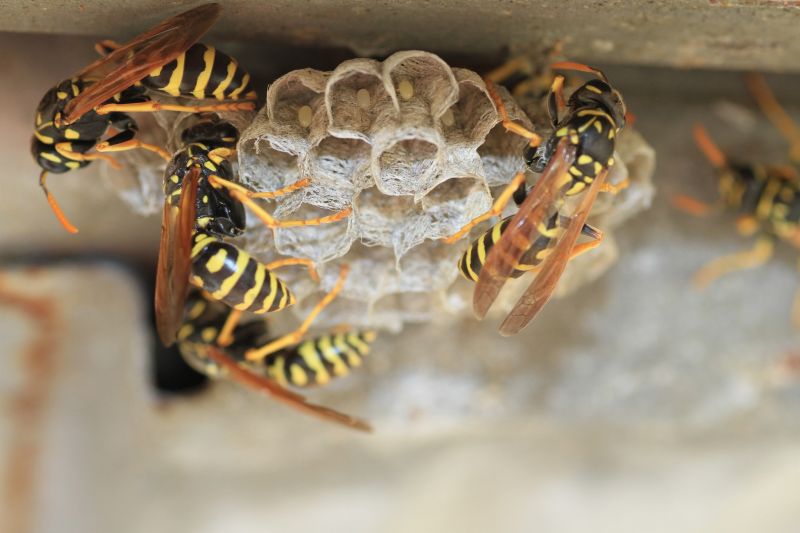
Late summer and fall are suitable for nest removal before wasps become less active in colder weather.
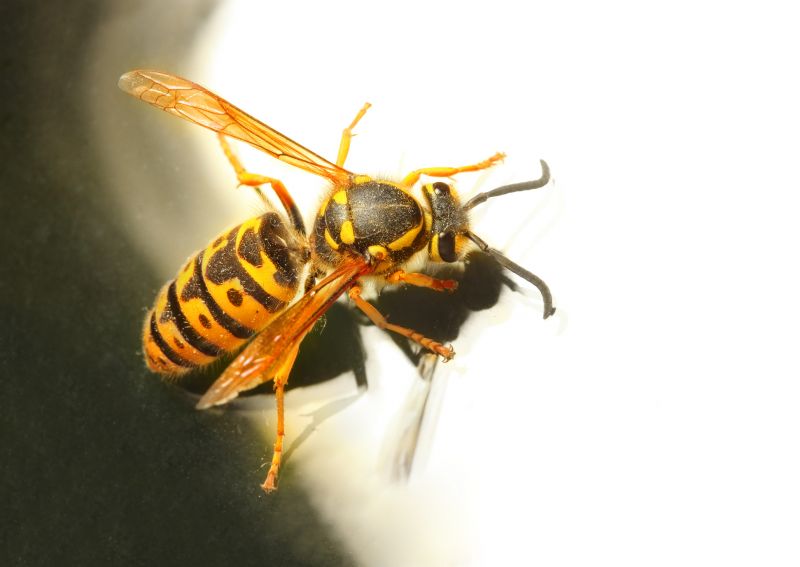
Ways to make Wasp Control Service work in tight or awkward layouts.

Popular materials for Wasp Control Service and why they hold up over time.
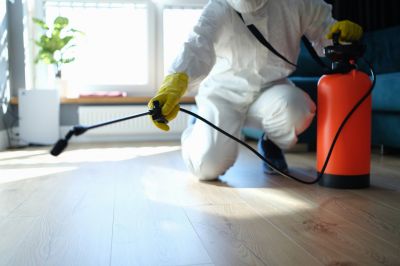
Simple add-ons that improve Wasp Control Service without blowing the budget.
Wasp control service effectiveness depends on timing. Early intervention in spring can prevent nest establishment, while summer treatments target active colonies. Fall treatments focus on removing nests before wasps become dormant. Understanding seasonal patterns helps in planning the most effective control strategies.
Wasp activity varies throughout the year, with populations increasing as temperatures rise. Nests are typically built in sheltered locations, such as eaves, shrubs, or ground cavities. Timely control reduces the risk of stings and property damage, especially during peak activity months.
Wasps usually start building nests in spring, which can grow rapidly during summer.
Unaddressed nests can lead to increased stings and potential allergic reactions.
Understanding wasp behavior helps determine optimal treatment times for safety and effectiveness.
Early control can prevent nest expansion and reduce future infestations.
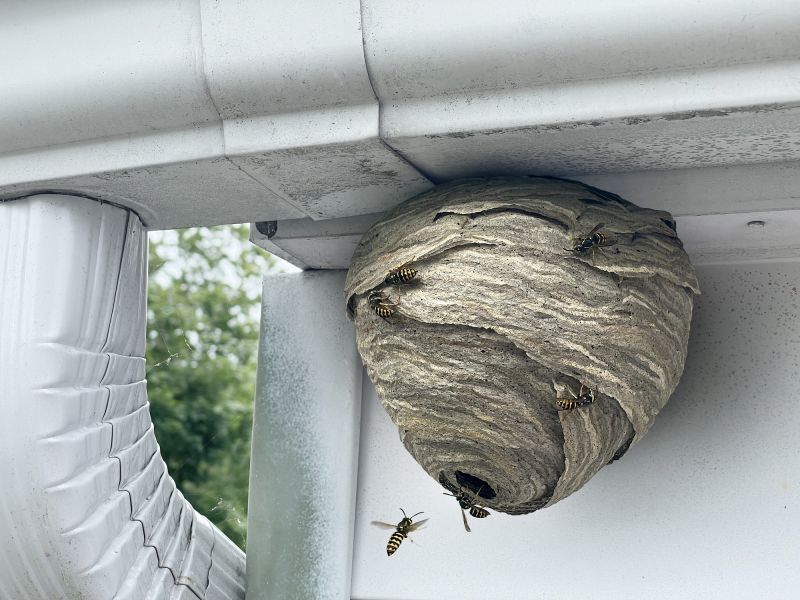
Nests often develop in sheltered roof areas.

Some species build nests underground, requiring different control methods.

Active swarms indicate high colony activity, common in summer.
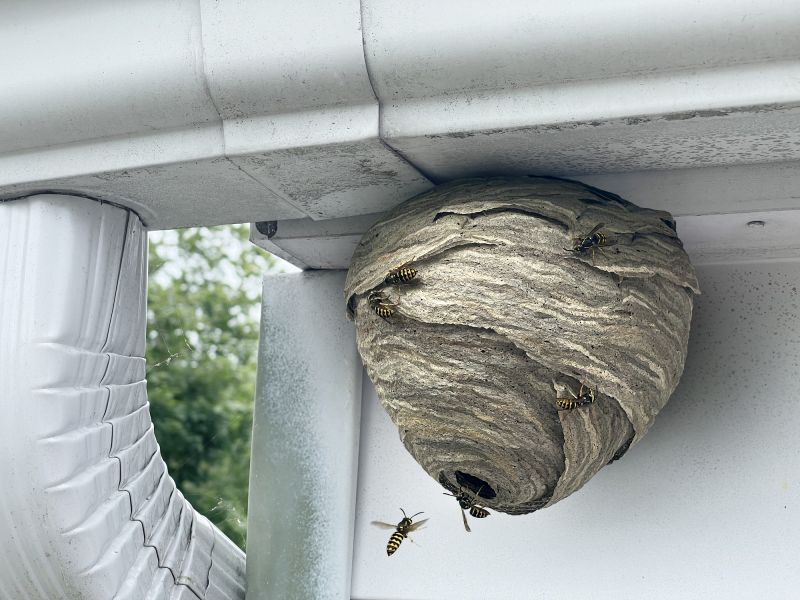
Specialized tools are used for safe and effective nest removal.
| Season | Wasp Activity Level |
|---|---|
| Spring | Low to moderate, nests begin forming |
| Summer | High, colonies are at peak activity |
| Fall | Decreasing, nests are being abandoned |
| Winter | Inactive, nests are dormant or abandoned |
Timely Wasp Control Service aligns with seasonal activity to maximize safety and effectiveness. Early spring treatments can prevent nests from forming, while summer treatments target active colonies. Fall nest removal reduces wasp populations before winter dormancy, helping to prevent spring re-infestations.
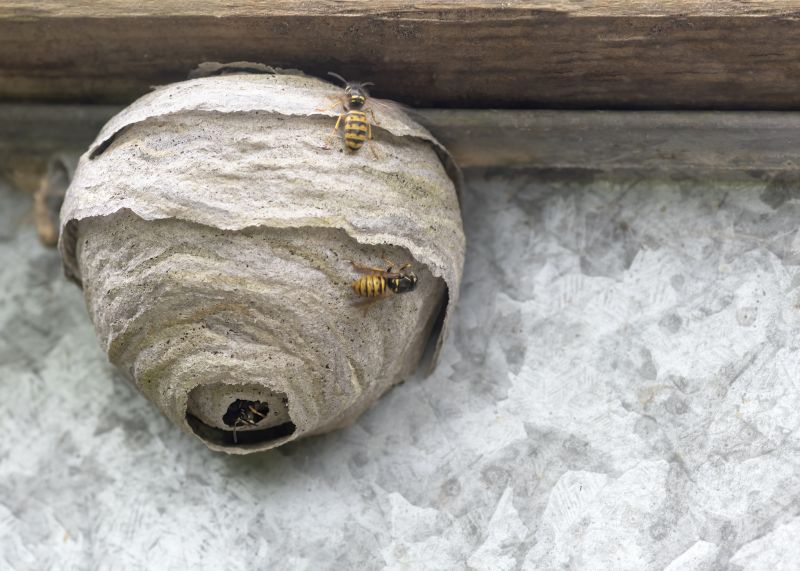
Nests can develop in attic spaces, requiring careful inspection.
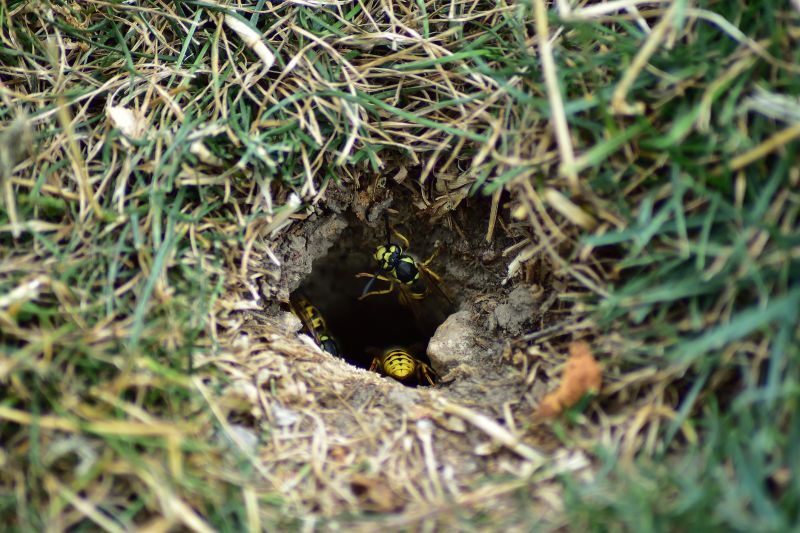
Ground nests often have small entrance holes, hidden in grass or mulch.
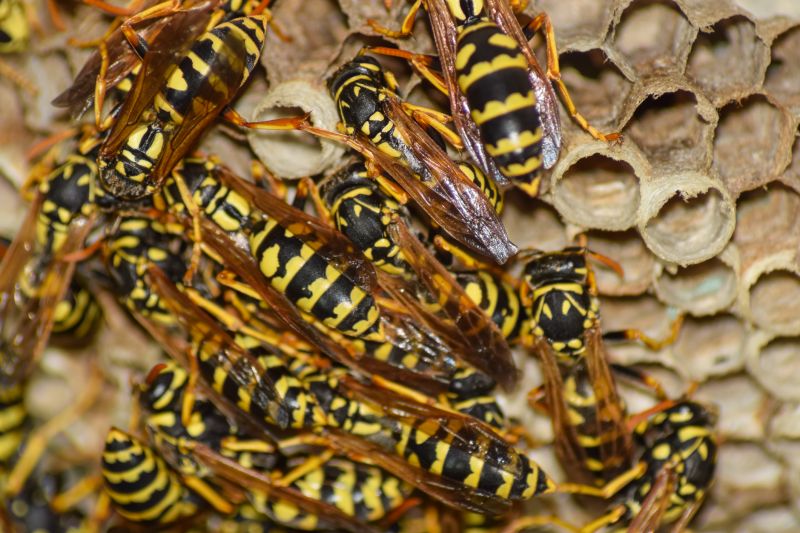
Swarm activity is common near eaves during peak season.

Proper gear ensures safety during nest removal procedures.
Professionally timed Wasp Control Service can significantly reduce the risk of stings and property damage. It is recommended to schedule treatments before nests reach full size or during periods of low activity to ensure safety and effectiveness.
For those interested in managing wasp populations effectively, understanding seasonal trends and acting at optimal times can lead to better control outcomes. Early intervention and proper nest removal are key components of successful wasp management strategies.
